Member
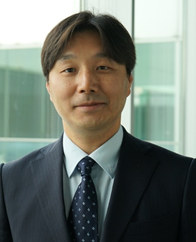
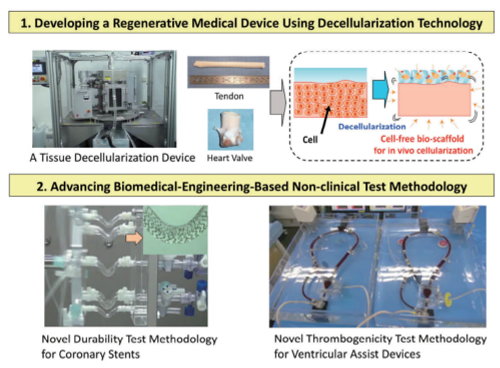
Various function of the cardiovascular system is analyzed from the engineering point of view, and its fundamental behavior is clarified.
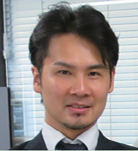
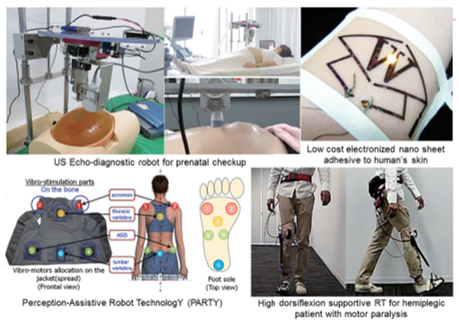
The scope covers research on a next generation cancer treatment robot to dramatically enhance the treatment technology for recurrent or progressive cancers which have remained difficult to completely cure, and remote echography assistive ICT-robotic system to allow early disease detection in the fields of cardiology and perinatal care.
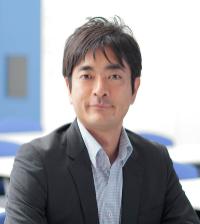
“Research on regenerative medical enginnering and its application” are studies which fabricate artificial organ and monitor biological signal by cutting edge technologies such as tissue engineering, bio-fabrication, and bio-electonics.
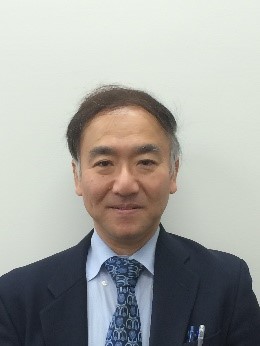
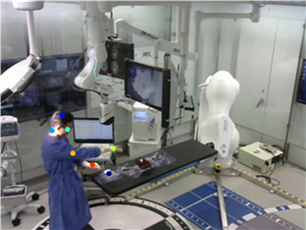
In surgical field such as neurosurgery, this research clarifies a method for achieving intellectual, advanced surgical support systems and navigations based on autonomous various medical image/information processing.
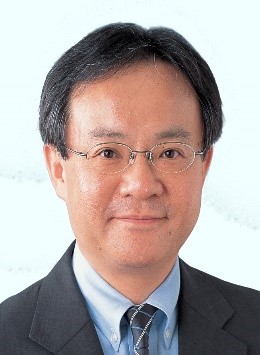
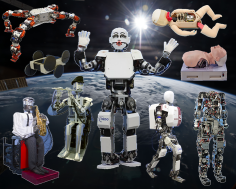
Based upon utilizing adaptive and ecological functions and mechanisms of humans/biological-systems to robot designs we are doing researches and developments of Bipedal Humanoid Robots Walking and Running human-likely, Bipedal Humanoid Robot Expressing Emotions based on Mental Dynamics, Gas-pipe Inspection Robots, Anthropomorphic Saxophone Player Robots, Multi-Wheeled Mobile Robot for Nature and Radiation Monitoring, Rat-like Robots co-existing with Real Rats, Disaster Response Four Legged Robots and Medical Education/Training Humanoid Robots, etc. Most of those researches are done collaborating with private companies, universities and laboratories not only in Japan but also in the world.
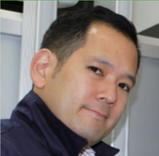
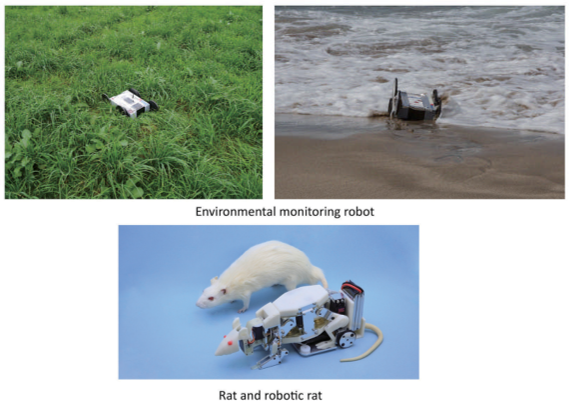
"Adaptation" is one of the most fundamental functions of organisms, including humans. The purpose of this study is to propose methodologies of mutual adaptations between robots and organisms, as a new design concept of robots. Based on this concept, we have been developing robots which contribute to the discovery of hidden talents in children with developmental disorders. In addition to that, interaction experiments between rats and mobile robots have been performed as a basic model for mutual adaptations between robots and humans.
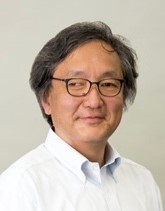
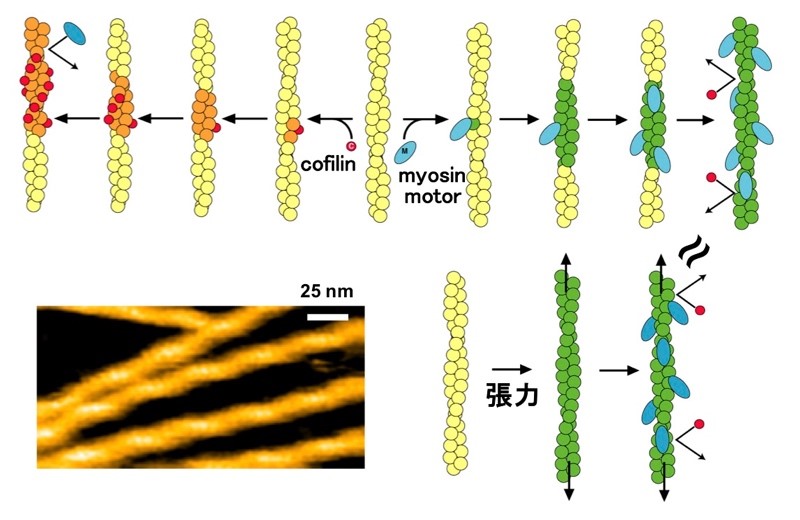
We are investigating the roles of actin in cell motility at the molecular level. Actin produces protrusive force by polymerizing filaments, and produces contractile forces through interactions with the myosin molecular motor.
Those two distinct force generating mechanisms drive amoeboid movements at the front and the rear of a cell, respectively. In addition, actin is involved in a variety of cellular activities.
It has been a big mystery how the same actin filaments can simultaneously perform different functions at different places in one cell. To address this question, we are studying the roles of cooperative conformational changes of actin filaments in actin’s functional differentiation, using cutting edge technologies such as high-speed atomic force microscopy.
Regarding myosin-based contraction, it is generally believed that the shape change of myosin molecule mechanically produces force by a swinging lever-like motion of its rigid rod-like domain. However, we have shown that conformational changes in actin filaments are also essential for force generation by myosin, and are investigating the active roles of actin in myosin force generation, including reevaluation of the lever-arm model.
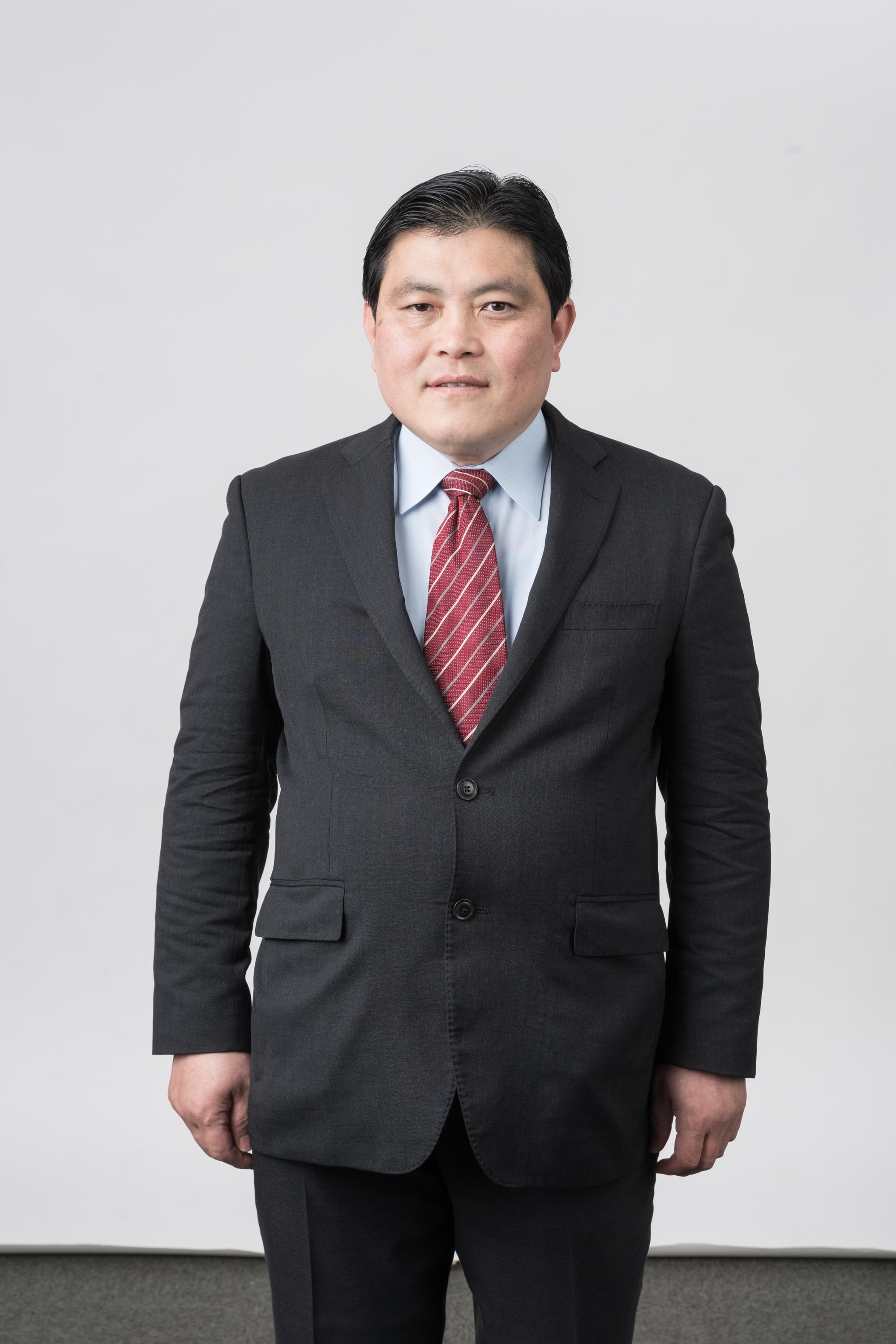
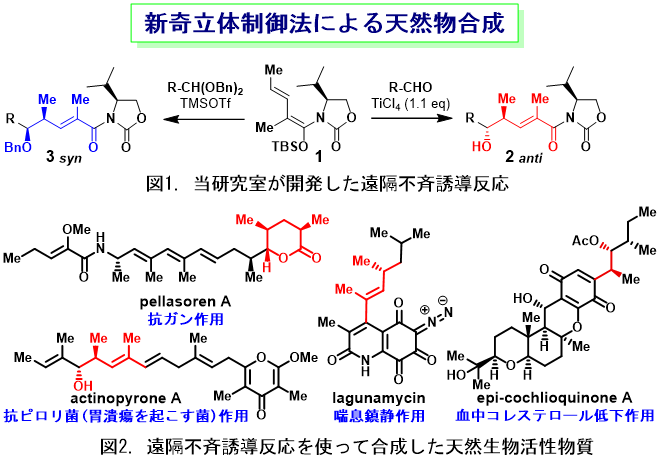
The total synthesis of natural products leads to new concepts and methods in organic chemistry, helps define the absolute structure of natural products, and confirms biological activities. Additionally, it advances drug discovery and their applications in the physiological sciences.
Even now, when synthetic organic chemists seek to manufacture molecules, multi-step synthesis remains labor-intensive and time-consuming. This has led to demand for rapid synthesis of bioactive natural products.
Our research interests include the total synthesis of natural products and the development of new methodologies to construct multifunctional groups. All of our target molecules have unique structures and remarkable bioactivities.
Our efforts focus on synthesizing targets through efficient routes and effective methods. New methods for building multi-functional groups Polyketides, a major group of natural products, possess various chiral center arrangements and oxidation states.
The success of short-step synthesis of polyketides depends on the choice and derivation of chiral sources. We have recently developed the remote asymmetric induction reactions (Figure 1) to construct polyketide structures stereoselectively. Efficient total synthesis of bioactive natural products The short step synthesis of natural products having multifunctional groups with multi stereogenic centers is a universal goal in organic chemistry.
We have already achieved the concise synthesis of bioactive natural products (Figure 2) by our methodologies including the remote asymmetric induction reactions.

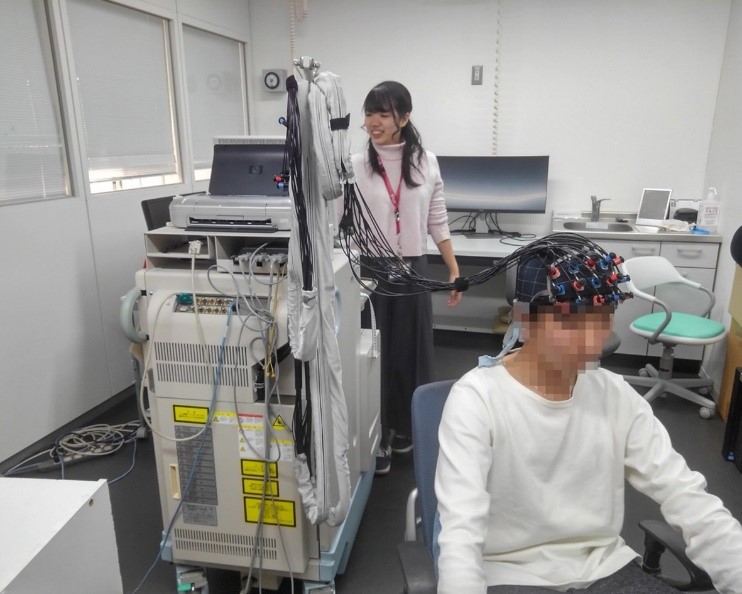
Our interests of study are as follows.
(1) New diagnosis: Using our new method to detect and quantify a very tiny amount of a given protein, we are now developing a new diagnosis.
(2) Emotion and pain: We are analyzing the human brain regions by near-infrared spectroscopy, when emotion is changed or pain is applied. Especially, we focus on the relation between psychological expression and neuroscientific mechanisms.
(3) Slow ageing: We are studying signaling cascades from environmental electromagnetic-wave radiation to heat shock protein production via transient receptor potential channel opening. We hope that this study will pave the way for slow ageing in humans.
(4) Learning and memory: The molecular mechanisms of learning and memory using the pond snail Lymnaea stagnalis are being clarified. We have made clear the effect of insulin in the brain on long-term synaptic changes and long-term memory.
(5) Immunology: We found that intestinal dendritic cells produce retinoic acid and imprint gut-homing specificity on T, B lymphocytes with it.
Retinoic acid also affects functional differentiation of helper T cells. We aim to clarify the mechanism of its production, metabolism, and action.
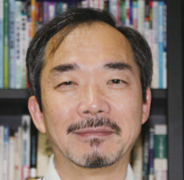
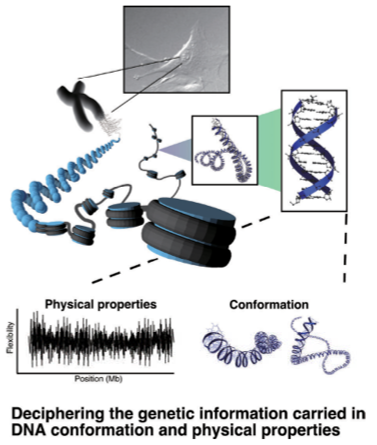
Despite remarkable progress in genome science, we are still far from a clear understanding of how genomic DNA is packaged without entanglement into a nucleus. In 2007, we found a surprising phenomenon: double-stranded (ds) DNA molecules can sense homology and those with identical sequences selectively assemble with one another, even in the presence of different dsDNA molecules. We named this phenomenon DNA self-assembly (Inoue et al., 2007). Furthermore, in 2013, we obtained the first direct evidence that nucleosomes also have homology sensing ability and those with identical DNA sequences preferentially associate with one another. We named this phenomenon nucleosome self-assembly (Nishikawa and Ohyama, 2013).
These phenomena are hypothesized to play an important role in the folding of a given eukaryotic genome into a nucleus.
Furthermore, recent advances in the research of liquid-liquid phase separation (LLPS) occurring within cells suggest that the self-assembly phenomena described above may be implicated in the LLPS to form heterochromatin domain.
We are now performing various experiments to substantiate these hypotheses. We are also exploring the genetic information written in DNA conformation and physical properties.
Importantly, we are just beginning to appreciate how intrinsic properties of DNA and nucleosome provide additional structural and functional dimensions to chromatin organization and dynamics and gene expression. As another project, we are also studying the relationship between the environmental responses of plants and gene evolution.
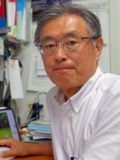

The circulating numbers of blood cells proliferated and differentiated from hematopoietic stem cells are regulated to maintain constant. Human and mouse studies have accumulated many findings regarding the functions and regulations of hematopoiesis.
However, understanding of the diversity and universality of hematopoiesis and blood cells across vertebrates is not advanced, and there are many mysteries. We are trying to open a new perspective on life sciences.
In addition to mammals, we have established new hematopoietic analysis model systems in Xenopus and Medaka fish, incorporating OMICS, genome editing, quantum life technologies, etc., to explore novel hematopoietic regulatory systems from the viewpoints of comparative hematology.
The subjects are;
1) environmental response of hematopoiesis,
2) species-specific structure and function of hematopoietic factors/receptors,
3) bias of tissue-specific hematopoiesis,
4) heterogeneity of hematopoietic stem cells and their organ distribution, 5) linkage of hematopoietic system and endocrine system,
5) expression and function of microRNA, etc.
The setting up of collaborative researches and the sharing of research results span both the fields of fundamental biology and clinical sciences.
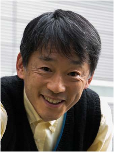

Photosynthesis of plants and algae is the essential basis for life on the Earth. Maximum efficiency of photosynthesis is high, reaching 98% in charge separation, and used for a model system for the development of artificial photosynthesis.
In natural environments, however, photosynthesis seldom achieves maximum rate due to limitation from environmental factors. We pursue the mechanism of photosynthesis and survival strategy of plants through the examination of the interaction between photosynthesis and environmental factors.
Another research topic of our laboratory is the evolution of photosynthesis from the metabolic point of view. Evolution of cyanobacteria, the first organisms that perform oxygenic photosynthesis, drastically change the environments on the Earth.
We try to understand the evolutionary process of cyanobacteria, together with the effects of endosymbiosis of cyanobacteria on the metabolism of plants, which enables the evolution of chloroplasts.
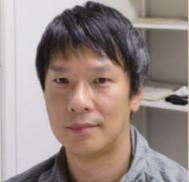
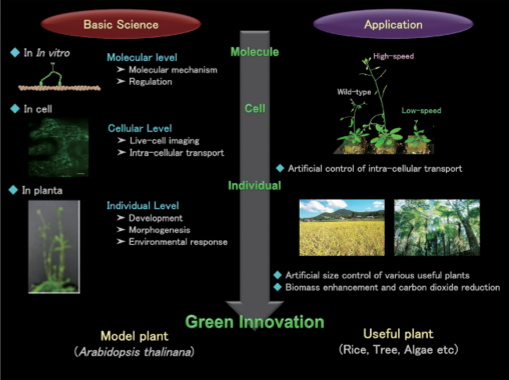
Animals can move freely, whereas plants cannot and remain at their place of germination. However, an active intracellular flow called ‘cytoplasmic streaming’ occurs in the plant cell.
This was first reported in 1774 by the Italian physicist Bonaventura Corti, who found the flow of cytoplasm when he observed intermodal cells of algae. Because cytoplasmic streaming occurs widely in plants ranging from algae to angiosperms, it is supposed to be a primitive and essential system in plants.
However, more than 200 years after its discovery, the molecular mechanism and physiological function of cytoplasmic streaming remains unclear.
Our goal is integrated understanding of plant biological system by revealing plant specific intracellular transport ‘cytoplasmic streaming’ from molecular to individual level.
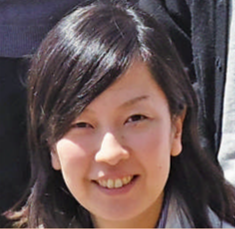
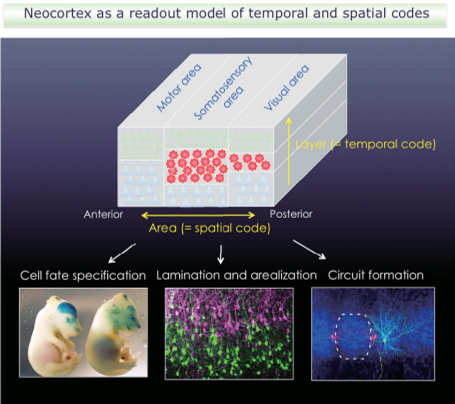
During the development process, a small number of stem cells give rise to diverse cell types to construct a three-dimensional organism.
The aim of this study is to decipher multilevel interactions between molecules, cells and tissues to identify new mechanisms underlying the principles of development.
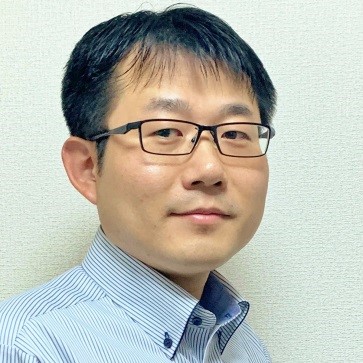
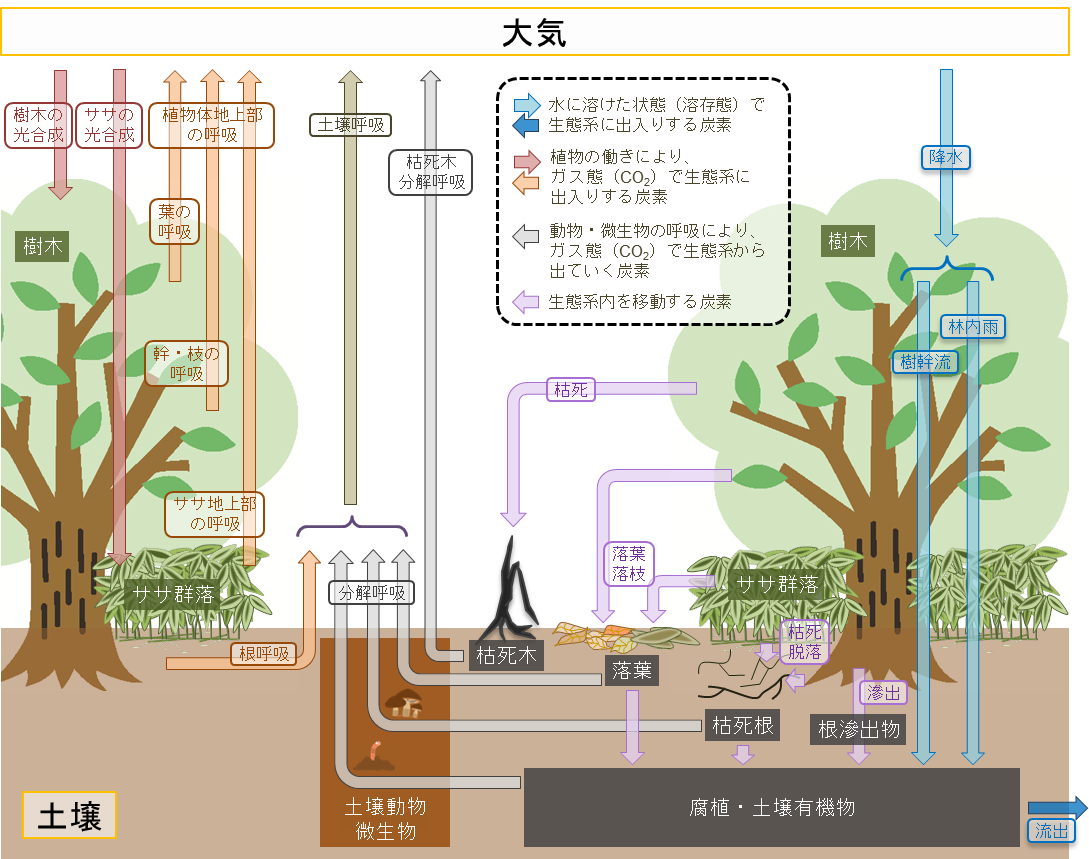
Research on Environmental Ecology Carbon and nitrogen are both essential elements for all organisms.
These important elements circulate through the ecosystem with being absorbed into organisms or emitted to the environment.
We are examining the various processes involved in the carbon and nitrogen cycles in the terrestrial ecosystems by field researches and then clarifying the mechanisms of tempo-spatial variations of these processes by jointly using the laboratory experiments.
Furthermore, most uncertainties of these processes are thought to be attributed to the pedosphere.
Then, we are interested in the function of microbial community inhabiting in the pedosphere. We are also studying on biochar application as one of the promising methods to sequestrate the carbon of CO2 into the ecosystems and we are examining the responses of various ecological processes after biochar application at an actual forest ecosystem.
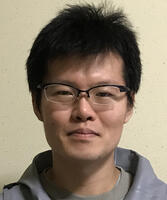
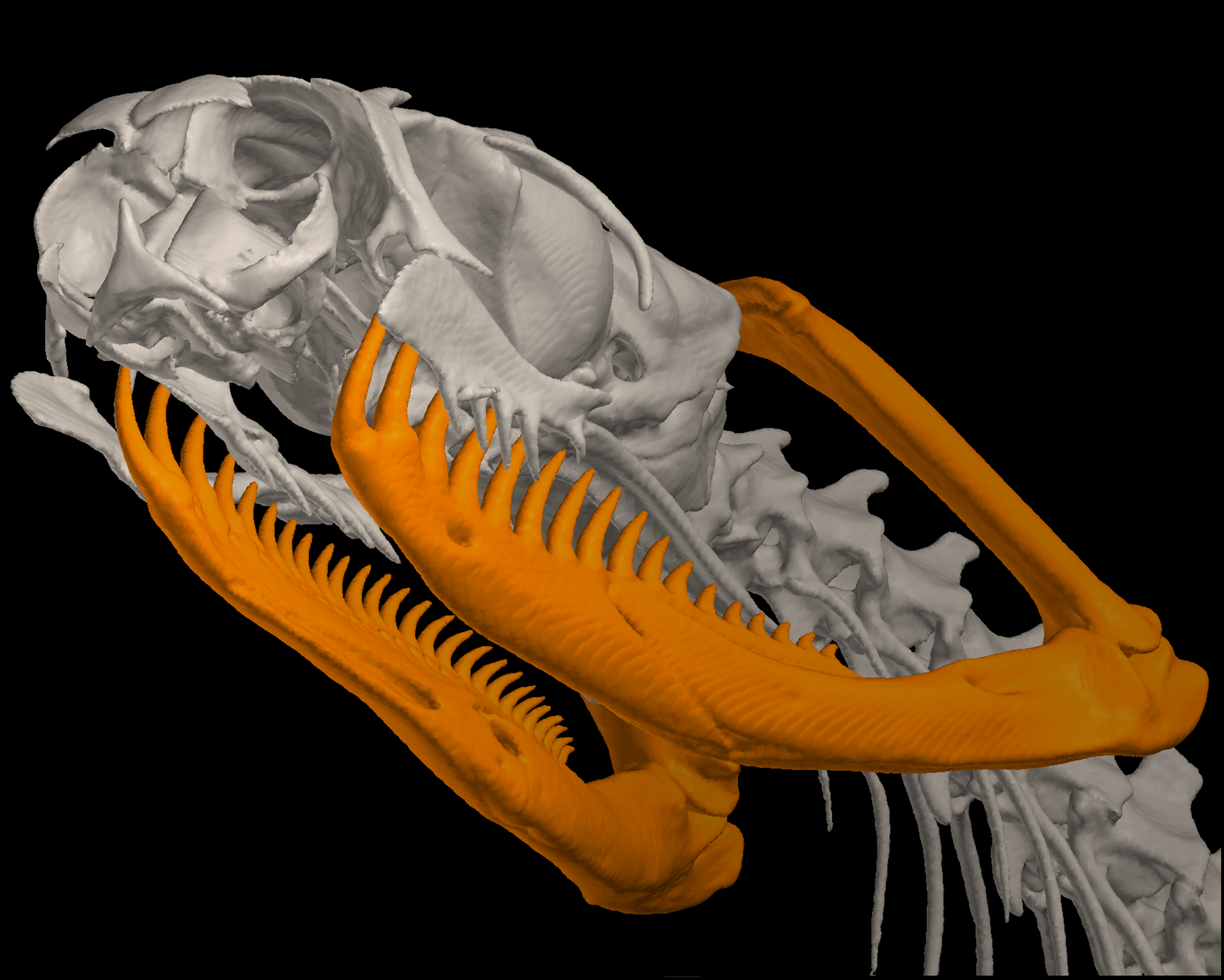
The rich biodiversity we see today is a long-term product of evolution. Evolution can be represented by the physical processes involved in heredity, by chance, and by the various constraints that arise in the complex systems of life. Our laboratory is engaged in evolutionary biology, especially evolutionary ecology and natural history of animals. Our mission is to unravel the mysteries of evolution: Evolution of asymmetry in morphology and behavior is of particular interest.


Life is “Molecular Machine”composed of biomolecules including nucleic acids and proteins.
The gene expression system, transcription and translation coupled processes was successfully reconstituted from the purified components in a test-tube and was named the PURE system. Cell-division system, membrane transport system and energy production system have been developed by expressing the responsible proteins from the genes in the PURE system.
Through the integration of these systems, synthesis of artificial cell is addressed. The birth of the genetic code, the most mysterious event in the origin of life, is also tackled from the viewpoint of the stereochemical theory.
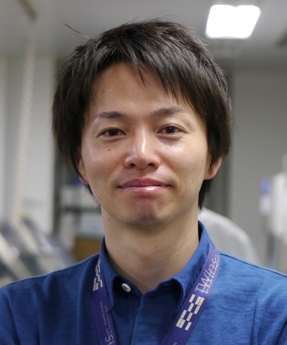
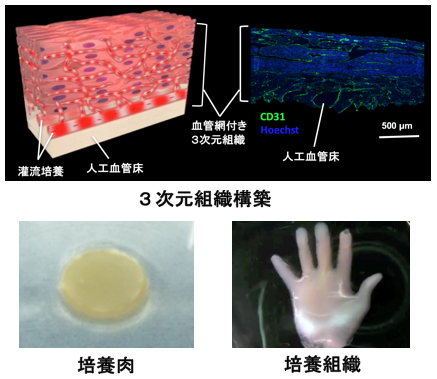
As a next-generation regenerative medicine, technology is required to create three-dimensional tissue from isolated cells.
Therefore, we try to construct a three-dimensional tissue and organ by assembling cell sheets technology and spheroids. However, just stacking cell sheets and spheroids can cause necrosis inside.
Therefore, by constructing a vascular network in cell sheets and spheroids, and connecting the vascular network and an artificial vascular bed capable of perfusion culture, construction of three-dimensional tissue is enabled. We aim to create novel regenerative medicine and drug model using this constructed 3D tissue engineering method. Furthermore, using this tissue engineering technology, we challenge to create cultured meat and bio-robots.
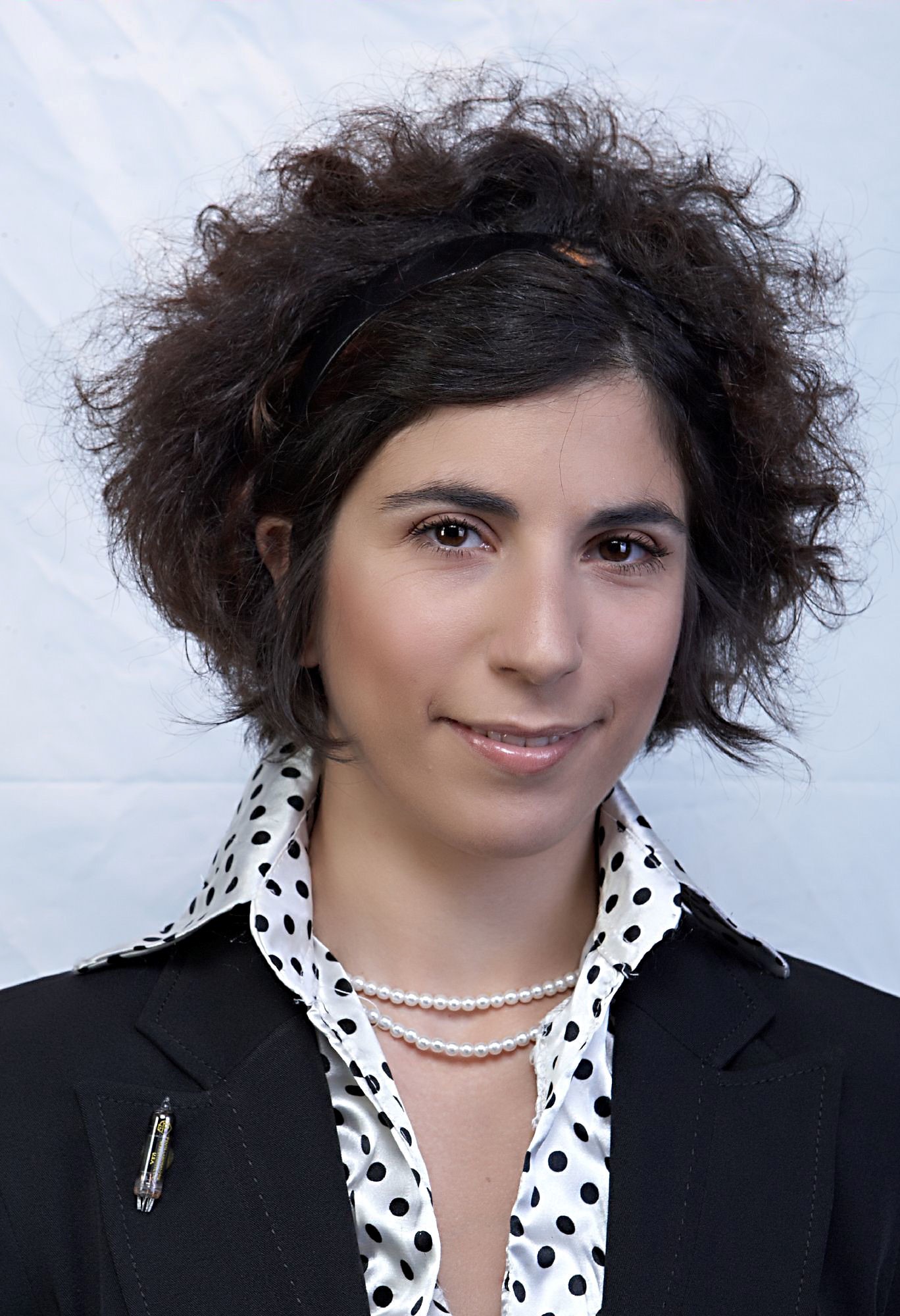
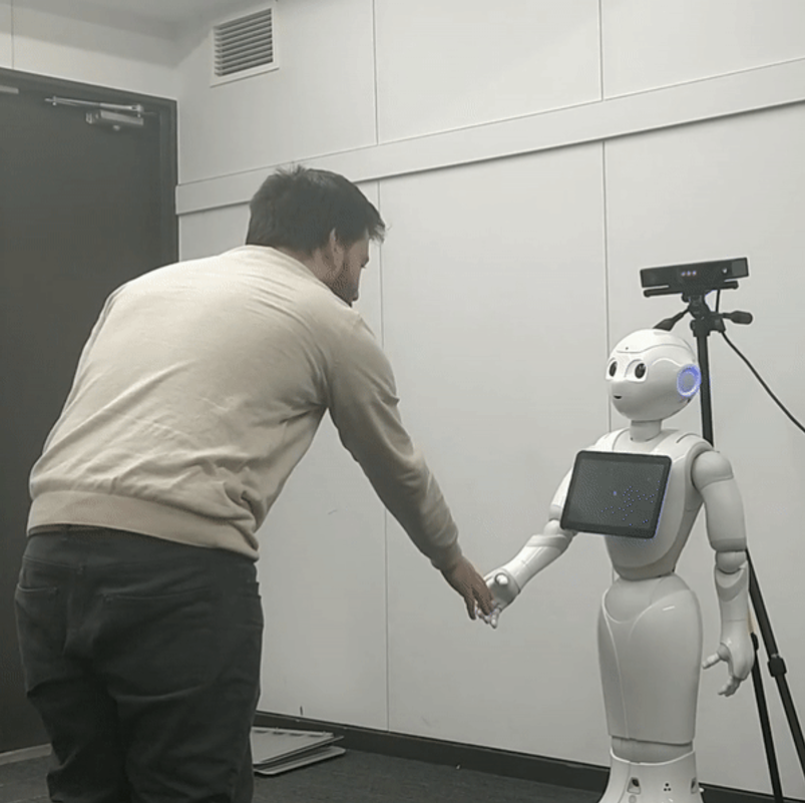
The aim of this laboratory is to enable a natural, seamless integration of humans and machines towards society 5.0. The enaction paradigm offers an alternative to the classical Computational Theory of Mind (CTM) originated from cognitive science. Enaction views cognition as grounded in the sensorimotor dynamics of the interactions between a living organism and its environment. Therefore, an organism model of the world is the result of mutual interaction between its sensorimotor capacities and the environment, and the analysis of the organism’s movement is fundamental to understand the organism cognitive model and its evolution. For this reason, the development of better natural human-robot interfaces is based on the analysis of human performance and behavior, and in the optimization of the machine interaction ability via deterministic and non-deterministic AI algorithms.
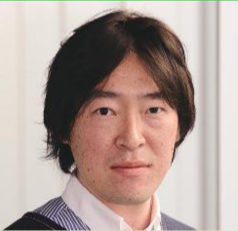
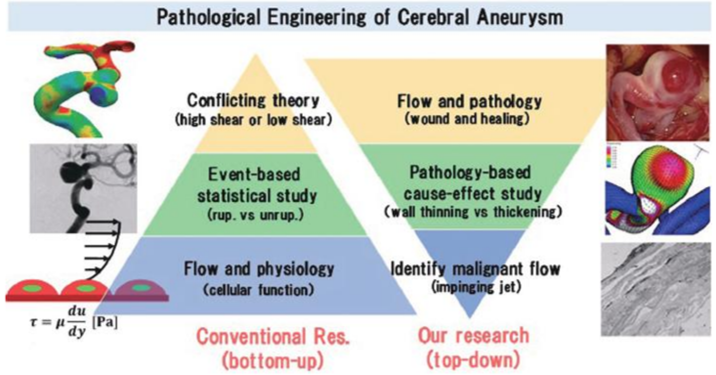
The genesis, growth, and rupture of cerebral aneurysms is related with blood flow. Identification of a malignant flow would create an innovation of aneurysmal diagnostics and treatment. In modern medicine, its rupture risk can be only evaluated based on a statistical analysys of morphology of ruptured aneurysms. goal of our research is to elucidate the cause-effect relationship of aneurysmal genesis, growth and rupture by engineering pathology.
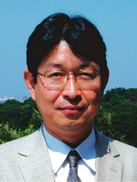
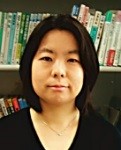
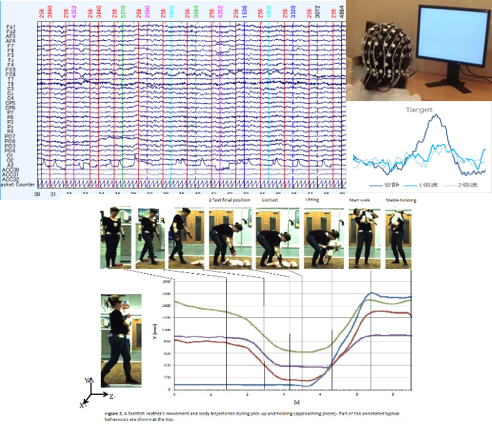
We study techniques for the measurement, analysis, and modeling of biosignals with the aim of revealing the mechanisms underlying our visual perception system and our processing systems for perceiving and judging audiovisual information.
The biosignals we work with include EEGs (event-related potentials), eye movement, pupil, respiration, heartbeat, and body movements. Potential applications of our research to medical engineering include finding new ways to diagnose sensory disorders and developing sensory substitution devices.
Our recent research topics include the following: an attempt to investigate the motion perception system using visually evoked potentials related to optical illusions of motion, investigation of how subject's preferences (liking) in judgment tasks are revealed by eye movements and changes in pupil diameter (Master's thesis research, graduation research), an attempt to use event-related potentials to sense changes in emotion (graduation research), an attempt to use event-related potentials to objectively assess a student's level of focus on lesson materials (joint research on campus), and quantitative analysis of physical movements and biological rhythms related to the development of communication between mother and child (joint research both inside and outside the university).